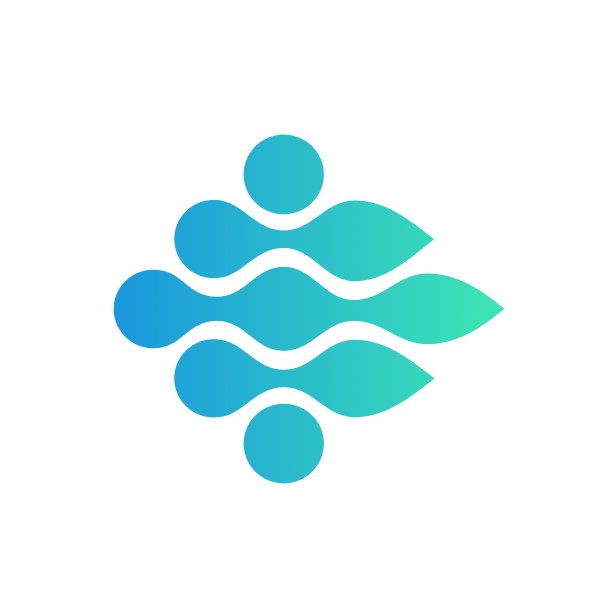基于金字塔原理重塑笔记组织方式,让碎片化知识形成清晰有序的结构。通过AI助力高效记录灵感、一键梳理大纲和要点、深度洞察知识脉络,全面激活你的知识体系。立即体验智能笔记整理、AI对话、文档分析等功能。
基于金字塔原理将新旧笔记有机整合,呈现清晰有序的知识结构,轻松拖拽知识树即可触达每个知识点,告别层层折叠的文件夹和零散杂乱的笔记。
隐私政策:我们遵循隐私政策收集、使用信息,尊重你的个人隐私安全。在使用相关功能或服务时,我们会收集必要的信息以实现功能、服务所必需。除非是为实现业务功能或根据法律法规要求所必需的必要信息,你均可以拒绝提供且不影响其他功能或服务。
用户协议:本软件及相关服务的主要适用人群是成年人。本软件依托生成式人工智能模型,为你提供人工智能生成技术服务及其他服务。为了提升用户体验及服务,我们会不定期提供更新或改变。你可以随时停止使用,我们也可能随时停止提供服务或设置新的限制。请遵守相关法律法规,不得未经授权访问或使用本软件及相关服务。

 分享
分享




用户评价
立即分享产品体验
你的真实体验,为其他用户提供宝贵参考
💎 分享获得宝石
【分享体验 · 获得宝石 · 增加抽奖机会】
将你的产品体验分享给更多人,获得更多宝石奖励!
💎 宝石奖励
每当有用户点击你分享的体验链接并点赞"对我有用",你将获得:
🔗 如何分享
复制下方专属链接,分享到社交媒体、群聊或好友:
💡 小贴士
分享时可以添加你的个人推荐语,让更多人了解这款产品的优点!
示例分享文案:
"推荐一款我最近体验过的应用,界面设计很精美,功能也很实用。有兴趣的朋友可以看看我的详细体验评价~"
领取结果